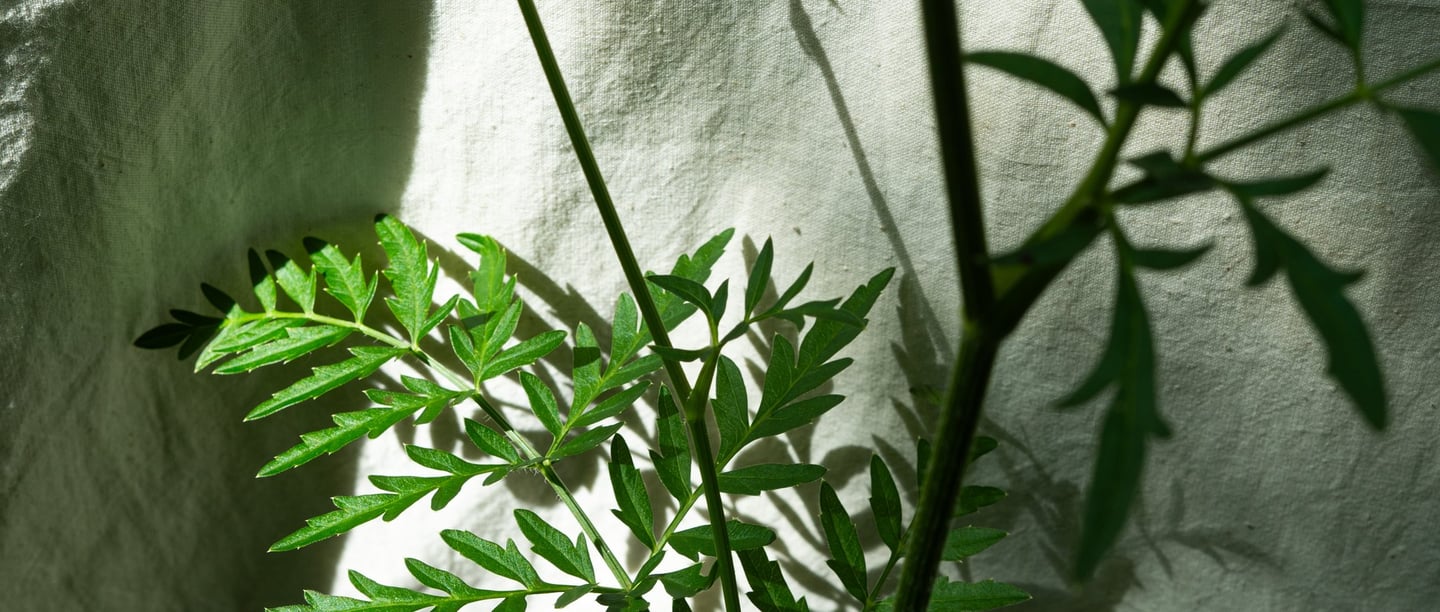

JULY
VITALITY
📍Paneriai erosive ridge landscape reserve, Vilnius, Lithuania
Choosing a theme for July's observations is daunting, with opportunities for exploration at every turn.
Where to pay an attention? Even a stroll can become an adventure.
'There's an incredible umbellifer,' Radvilė remarked. 'And since we're nearby, let's check it out. I first encountered it a few years ago.'
Little did we know, we’d find two more rare umbellifers and several other uncommon plants.
We're at the Paneriai Erosive Ridge Landscape Reserve, another great city forest in Vilnius, with the railroad close by.
Do you see that narrow path leading up the hill on the right? ↑ That's the path we ventured into.
Just a few steps in, and we've come across annual cicely (Seseli annuum), a rare species increasingly at risk due to habitat loss. ↓

Plants can themselves be places, habitats for the others. Flower crab spider (Misumena vatia) has the ability to change between colors based on their surroundings.
One of the key features bluish-green feathery leaves.

Further up the hill...
Now, let’s pause for a moment. Here’s the plant Radvilė suggested we should explore ↓

Can you spot it? This is a quiet resting spot, perfect for a break. No flowers shouting for attention here. But look closely — there’s another rare umbellifer, the broad-leaved sermountain (Laserpitium latifolium). Unlike most umbellifers, its leaves are biternate, evokes the sensation of touching a pea pod.
The broad-leaved sermountain flower during July, but did they already flower?
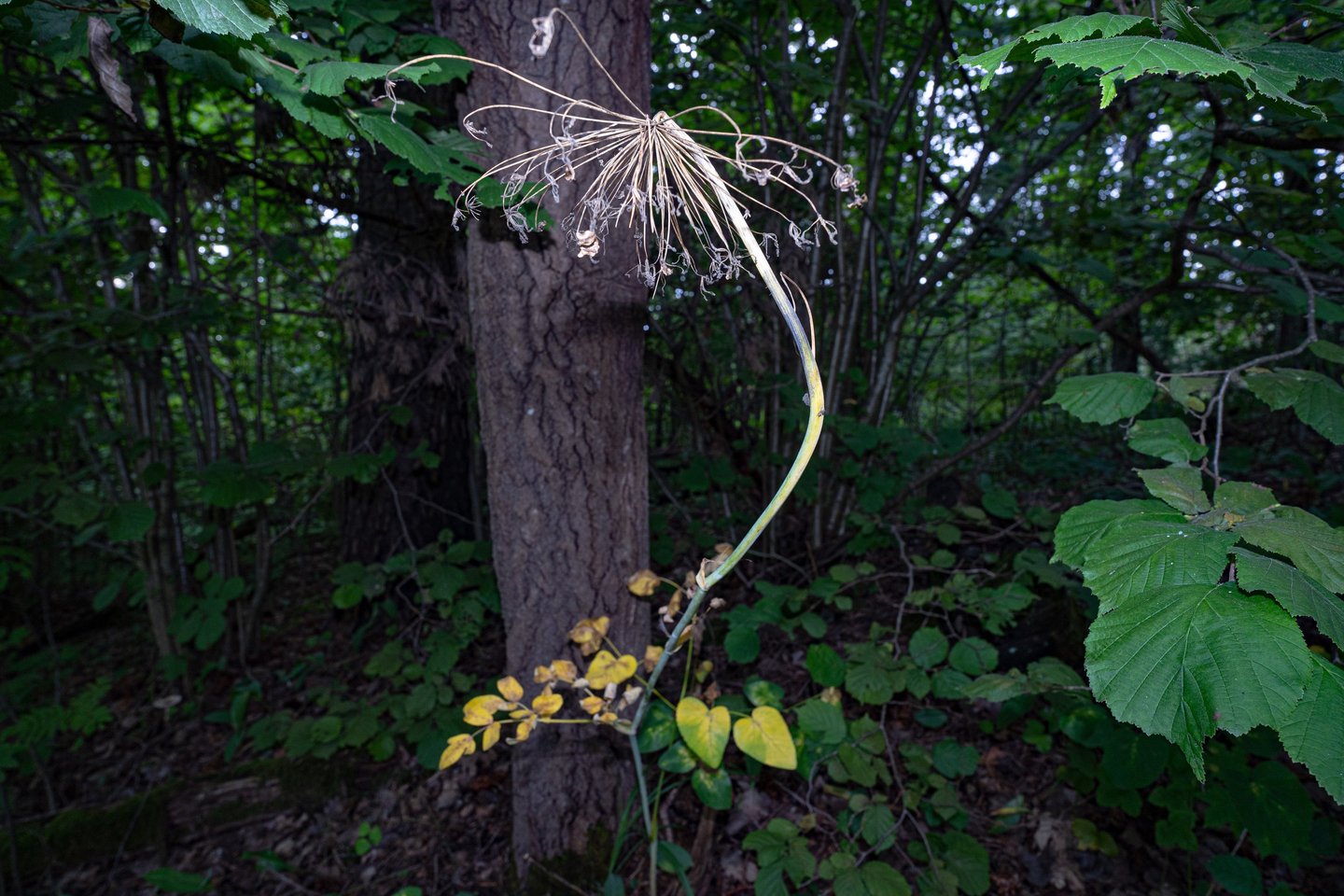

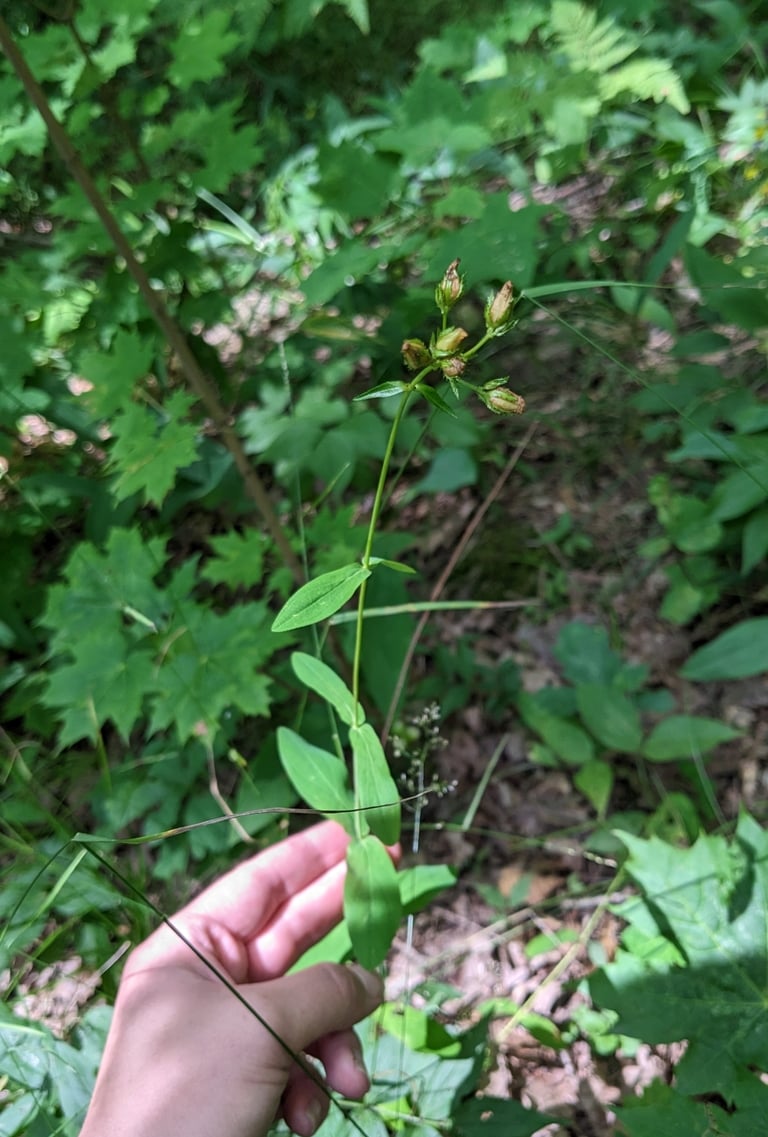

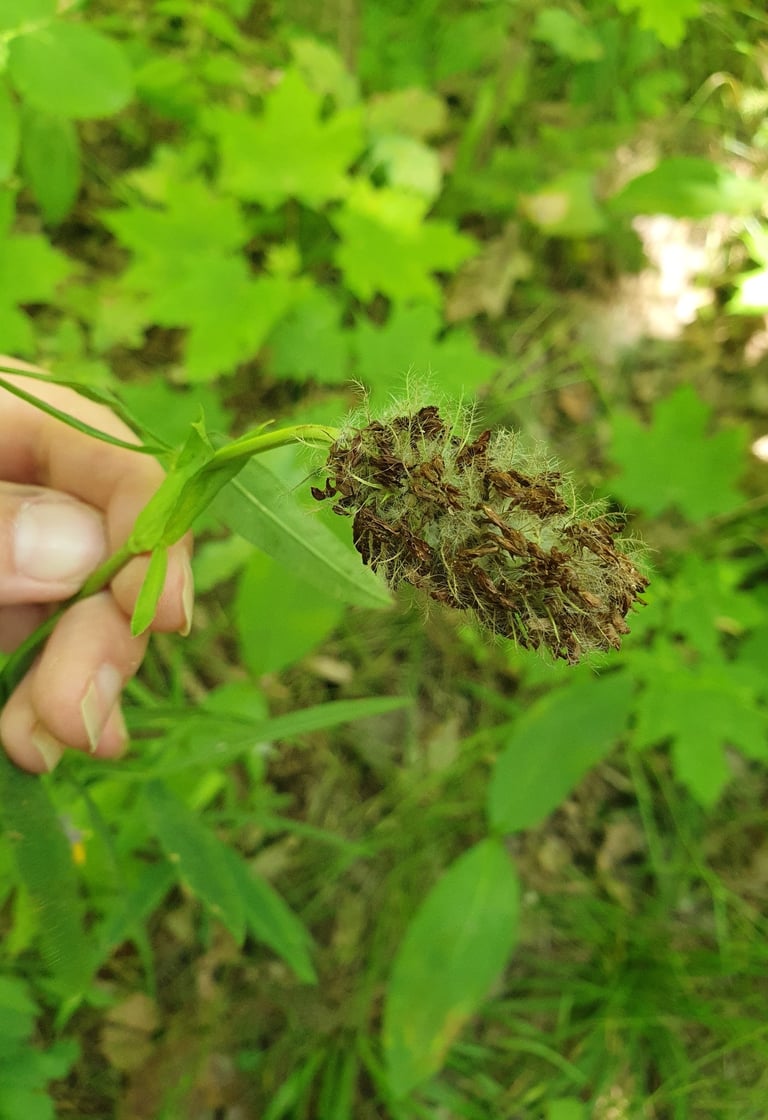

Walking further, we encounter more rare finds: Mountain St. John's Wort (Hypericum montanum) and Red Feather Clover (Trifolium rubens).
The 3rd umbellifer we found on the way — Laserpitium pruthenicum is also a rare find. Its presence often signals a healthy, untouched ecosystem, but it’s sensitive to changes in its surroundings.
Photographing it is tricky — without a white background, it blends right in, easily mistaken for just another blooming wild carrot by the untrained eye.




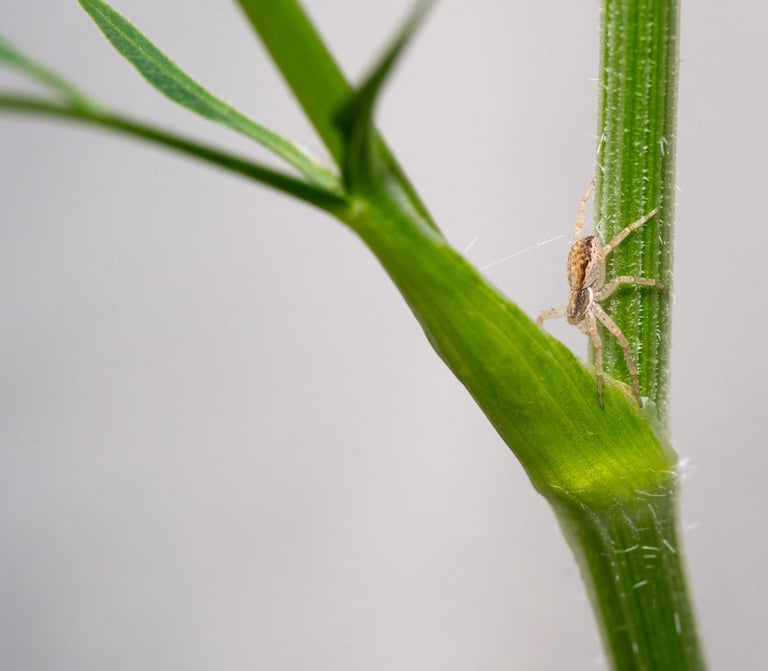

"To be sessile is not to be fixed in place and with place. Or better yet, it is to enact place. It is not just to be active in place but to activate place itself, to be situated in such a way as to continually perform a place, to bring its new forms into being." — Casey & Marder
One of the fascinating aspects of plant life is their ability to remain rooted in one spot. Sessile nature means they actively shape and transform their environment, continually creating new forms.

Next to Silphiodaucus prutenicus, on the same hill, there are >10 Platanthera orchids cooking seeds. Could be a greater butterfly orchid (Platanthera chlorantha) or lesser butterfly-orchid (Platanthera bifolia). ↑

